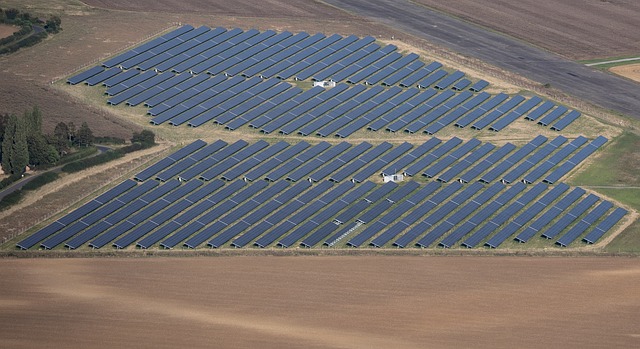The Ingenious World of Hydrogen Fuel Cell Vehicles
Introduction: Imagine gliding down the road in a vehicle powered by the most abundant element in the universe - hydrogen. Welcome to the ingenious world of Hydrogen Fuel Cell Vehicles (HFCVs), a dynamic field that is reshaping our approach to sustainable mobility.

A Glimpse into the Past: The Genesis of Hydrogen Fuel Cell Vehicles
Before delving into the nuts and bolts of HFCVs, it’s essential to understand their origin. The concept of fuel cells was pioneered in 1839 by Sir William Grove, a British scientist. However, it wasn’t until the mid-20th century that General Motors developed the first prototype of a hydrogen-powered car, the Electrovan, in 1966. Despite the project’s discontinuation due to technological limitations, it left a lasting impression and paved the way for modern HFCVs.
The Mechanics of Hydrogen Fuel Cell Vehicles
HFCVs are unique in that they generate power by combining hydrogen and oxygen, rather than relying on combustion. The heart of this technology is the fuel cell stack, where the actual energy production occurs. Here, hydrogen gas (from the vehicle’s hydrogen tank) and oxygen (from the air) react to produce electricity, with the only byproduct being water vapor. This electricity is then used to power the vehicle’s electric motor, providing a clean, efficient, and sustainable mode of transport.
Current Industry Trends and Insights
The adoption of HFCVs is growing steadily, fueled by the global push towards sustainable mobility. Leading automotive manufacturers like Toyota, Honda, and Hyundai have already launched hydrogen-powered cars in the market. Furthermore, industry experts predict a bright future for HFCVs, especially for long-haul transportation and commercial fleets, where the quick refueling time and long range of hydrogen-powered vehicles are significant advantages.
The Impact, Benefits, and Challenges of HFCVs
HFCVs represent a significant shift in automotive technology, with both promising benefits and formidable challenges. On the positive side, they offer zero-emission driving, high energy efficiency, and quick refueling times. In terms of challenges, the primary ones include the establishment of a robust hydrogen infrastructure, the high cost of fuel cell technology, and the sourcing of hydrogen in an environmentally friendly manner.
The Road Ahead for Hydrogen Fuel Cell Vehicles
While HFCVs are far from mainstream adoption, they are an exciting prospect for the future of sustainable mobility. As hydrogen production becomes more efficient and eco-friendly, and as infrastructure improves, these vehicles may become a common sight on our roads. The journey of HFCVs is still unfolding, and it certainly promises to be an exciting ride.
In conclusion, Hydrogen Fuel Cell Vehicles are a fascinating blend of advanced engineering and eco-consciousness. They embody our relentless pursuit of sustainable mobility, offering a glimpse into a future where our roads are dominated by clean, efficient, and innovative vehicles.




